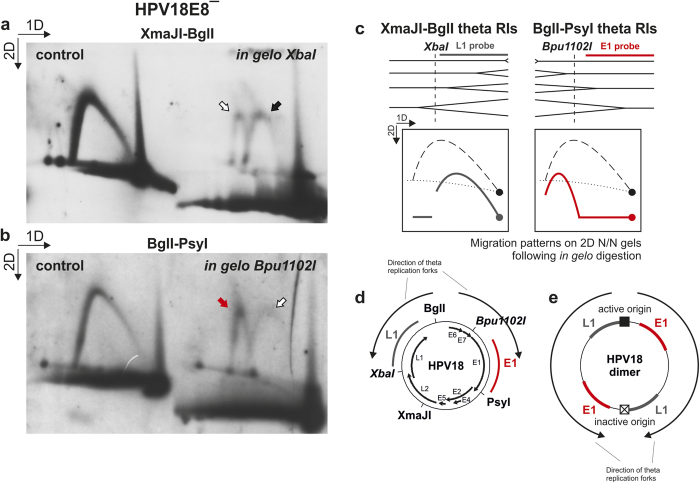Figure 6. In gelo restriction analysis of HPV18E8ˉ episomes.
The direction of the gel electrophoresis in the first (1D) and second (2D) dimension is indicated in the top left corner of panels a and b. Black or red arrow, replication forks arising via bidirectional theta replication; white arrows, replication forks travelling in the opposite direction of theta replication forks. (a) In gelo restriction analysis of the XmaJI-BglI fragment of the HPV18E8ˉ genomes extracted from U2OS cells 3 days post-transfection. XbaI was used for in gelo digestion, and the XmaJI-BglI fragment was selectively hybridized with an L1-specific probe. The control sample was analyzed under identical 2D N/N AGE and hybridization conditions but without the in gelo digestion step. (b) In gelo restriction analysis of the BglI-Psy fragment of the HPV18E8ˉ genomes extracted from U2OS cells 3 days post-transfection. The fragment was digested with Bpu1102I in gelo and selectively hybridized with a probe specific for the E1 region of the HPV18 genome. The control sample was analyzed under identical 2D N/N AGE and hybridization conditions but without the in gelo digestion step. (c) A schematic representation of theta RIs arising from the HPV18E8ˉ XmaJI-BglI and BglI-PsyI fragments and their expected migration pattern during 2D N/N AGE following in gelo digestion with the XbaI or Bpu1102I enzymes44. (d) A schematic depiction of the HPV18 genome. The recognition sites of the restriction enzymes BglI, PsyI and XmaJI are marked in regular font; the recognition sites of the endonucleases used for in gelo digestion (XbaI and Bpu1102I) within the analyzed fragments are marked in italics. The HPV18 genomic areas specific for the E1 and L1 hybridization probes and the directions of the replication forks created by bidirectional theta replication are also depicted. (e) A schematic depiction of the bidirectional theta replication of a HPV18 dimeric genome with only one active origin of replication. The Bpu1102-PsyI fragment generated following in gelo digestion and detected with the E1 probe is marked with red, and the XbaI-BglI fragment arising via in gelo digestion and detected with the L1 probe is marked with grey.

